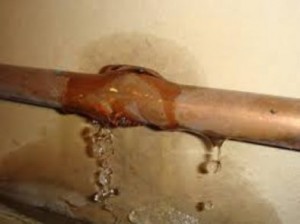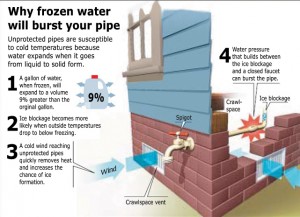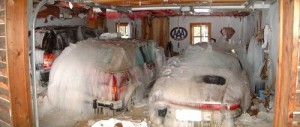Spring is quickly approaching and w ith it comes gardening, cleaning and car washing. It is also the time of year when the convenient outside faucet is put back into service after a long cold w inter. Most modern structures utilize a “frost free” faucet design. Frost free technology places the packing and seat 8-14 inches inside the home or office. These are the parts that actually turn off the water. This feature keeps the water supply inside the structure where the temperature is above freezing and on the warm side of the insulation. The remainder of the faucet is tipped downward toward the exter ior so that the faucet can drain out side. This pr events freezing.
Some things can cause these systems to fail. The most common cause of failure is someone leaving the hose on during freezing outside temperatures. If water becomes trapped in the faucet it can freeze and split. Even with good insulation the outside spigot can burst. Insulation does j ust that. It insulates. Yes, it helps keep the cold out of your house but it can also keep the heat from a water filled pipe.
It is alwa ys a good idea to have some one in the basement when you first use your outside faucet. Unlike most other types of plu mbing, the s pl it won’t become evident until you turn it on from the outside, but the leak wil l be in the basement. Play it safe and have a partner live on a cell phone in the basement before you let the water fly. The flood you save depends on it. If you find you have a leak, simply shut off the faucet. No need to shut the entire house off due to this.





4 Responses to “Prevent Flooding From A Frozen Outside Faucet”